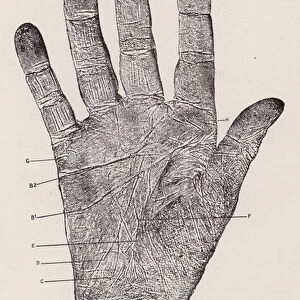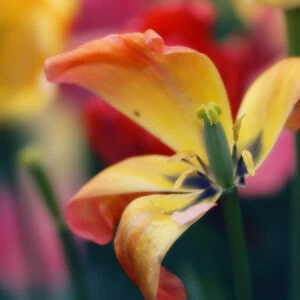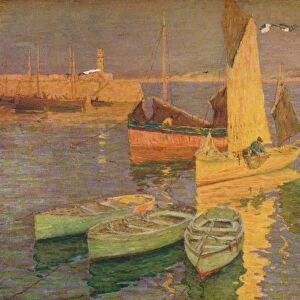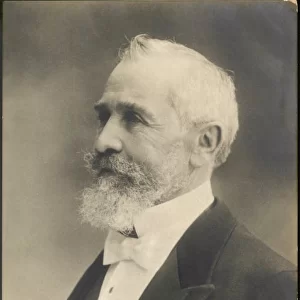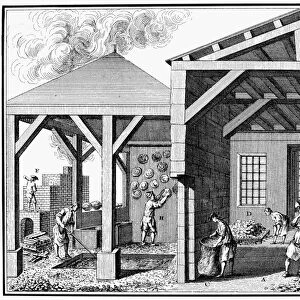Dill seed (Anethum gravelens). As well as theirculinary use dill seeds
![]()

Wall Art and Photo Gifts from Science Photo Library
Dill seed (Anethum gravelens). As well as theirculinary use dill seeds
Dill seed (Anethum gravelens). As well as theirculinary use dill seeds are used as a digestiveaid
Science Photo Library features Science and Medical images including photos and illustrations
Media ID 1118430
© Geoff Kidd/Science Photo Library
Alternative Aroma Aromatic Cooking Culinary Digestion Dill Dried Flavoring Flavour Flavouring Food Stuff Herb Herbal Ingredient Pungent Remedies Remedy S Eed Vertical Anethum Flavor Graveolens
EDITORS COMMENTS
This print showcases the delicate and aromatic Dill seed (Anethum gravelens) in all its glory. The image beautifully captures the essence of this culinary herb, highlighting its various uses and benefits. Dill seeds have long been cherished for their unique flavoring properties, adding a pungent yet refreshing taste to a wide range of dishes. From pickles to soups, salads to sauces, these tiny seeds are an essential ingredient in many cuisines around the world. However, their significance goes beyond just enhancing flavors. Dill seeds have also been used as a natural digestive aid for centuries. Their herbal properties make them an excellent alternative remedy for promoting healthy digestion and relieving common digestive issues. In this still life composition, the vertical arrangement emphasizes the elegance of dill seeds while showcasing their dried form – ready to be incorporated into countless recipes or utilized as a medicinal herb. The rich aroma emitted by these flavorful seeds is captured effortlessly through this photograph, inviting viewers to appreciate not only their culinary potential but also their therapeutic qualities. This image serves as a reminder that nature provides us with remarkable ingredients that can enhance both our meals and our well-being.
MADE IN THE USA
Safe Shipping with 30 Day Money Back Guarantee
FREE PERSONALISATION*
We are proud to offer a range of customisation features including Personalised Captions, Color Filters and Picture Zoom Tools
SECURE PAYMENTS
We happily accept a wide range of payment options so you can pay for the things you need in the way that is most convenient for you
* Options may vary by product and licensing agreement. Zoomed Pictures can be adjusted in the Cart.




